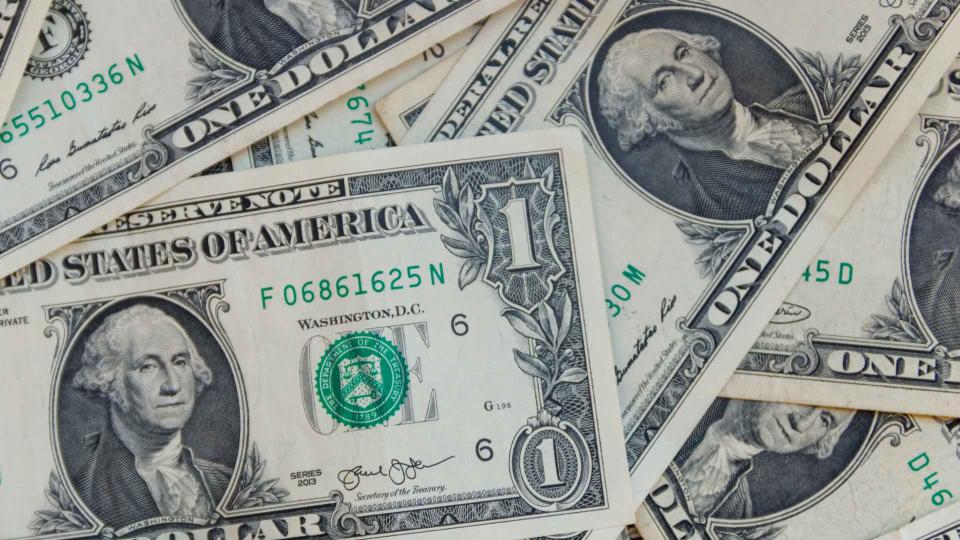What Could A Dollar Buy You in the 1940s?


Paying for what you need can be tough in today’s economy. Inflation has blown up the prices of everyday goods, and “shrinkflation” has you paying the same amount for less product. Additionally, homeownership, once part of the American dream, now seems an impossible feat for many.
Read More: Toilet Paper to Discontinued Items: 7 Ways Shrinkflation Has Come to Costco
For You: How To Get $340 Per Year in Cash Back on Gas and Other Things You Already Buy
But what was life like some 80 years ago, when people were buying groceries and houses? Here is a glimpse into what things cost in the 1940s and how the cost of living back then differs from 2024.
A 1940s Dollar Today
According to the inflation calculator provided by the United States Government, $1 in 1940 would equal $22.31 in our modern society.
“This means that today’s prices are 22.31 times as high as average prices since 1940, according to the Bureau of Labor Statistics consumer price index,” wrote Official Data.
The value of the American dollar has decreased in the 84 years between 1940 and 2024.
One dollar in the U.S. in 1940 would provide a consumer with the ability to buy more products for their money. Today, $1 will not take you very far at all.
Even dollar stores, such as Dollar General or Dollar Tree, lack products that truly only cost one dollar. Most of the time, a dollar will not even grant you an hour of street parking in a metropolitan area.
Besides the increased value of the dollar, prices were also much lower in the 1940s.
Comparing Prices of Popular Groceries
The cost of living was much cheaper in the 1940s, and that included groceries.
However, today, Americans are spending hundreds of dollars to stock their pantries each week. The average family spends more than $1,000 on groceries per month, according to the most recent U.S. Census Bureau Household Pulse Survey.
Here are average grocery prices in 1940 and 2024, compared:
According to The People History, a two-pack of Kellogg’s Frosted Flakes would cost approximately $0.35 in 1940. Today, a single 12-ounce box of Kellogg’s Corn Flakes costs $5 or more.
In the 1940s, large white eggs were $0.69 a dozen. Eggs are nearly $3 a dozen in the current day.
Toothpaste cost around $0.47 cents in 1940, and today, toothpaste costs over $3.
Comparing Prices of Living
Home prices have also been greatly inflated with time. In 1940, a house was under $3,000 — and now, house prices have skyrocketed. The median home price in February 2024 was $384,500, according to the National Association of Realtors.
The U.S. Census states that the average cost of rent in 1940 was $287. Now, the cost of rent for a two-bedroom apartment across the U.S. is $1,843, as of April 2024, according to a report from Zumper.
A Dollar Won’t Buy Much Today
From groceries to rent, inflation has certainly affected the average American’s quality of life. A couple of dollar bills in the 1940s could feed an entire family. Today, even a Big Mac costs more than just a couple of dollars.
Food and housing have slowly become less and less affordable, demonstrated by the contrast of the cost of living in the 1940s and 2024.
More From GOBankingRates
This article originally appeared on GOBankingRates.com: What Could A Dollar Buy You in the 1940s?
Source link





